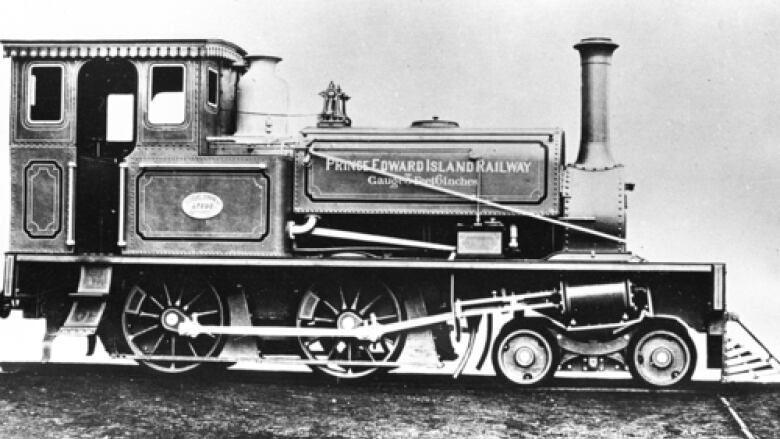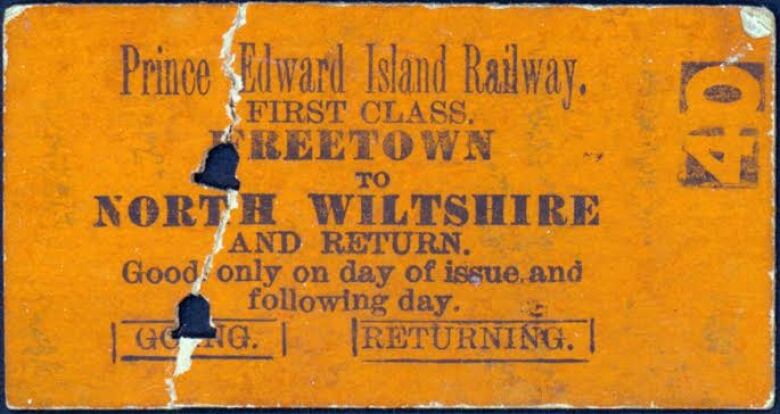Canada 150 exhibit looks back on railway stories
'An outstanding collection of images that tell the story of our country'

Provincial archives across Canada have come together to create a Canada 150 project calledThe Ties That Bind a collection of 150 images and stories about how people have travelled the nation, focusing on the railway and including a dozen images from P.E.I.'s archives.
- Beef for food banks celebrates Canada 150
- Historical Society sees a museum in train station's future
The railway was mothballed on P.E.I. in 1989, as roads were improved. Most of the rail lines have now become part of the cross-Canada Confederation Trail system for walking and cycling.
"This is an outstanding collection of images that tell the story of our country," said P.E.I.'s Education, Early Learning and Culture Minister Doug Currie.
"I encourage Islanders to view the online exhibit or visit the provincial archives to learn more about the role of the railway in our history and development."
Trains played a huge part in the Island's history the cost of building the rail system is credited for forcing the Island into Confederation.
'Breathed new life'
Construction of the railway on P.E.I. began in 1871 and it officially opened in 1875.

The exhibit notes the rail system connected communities across the Island in a way that was unprecedented.
"Before, many people were isolated in their small communities, only venturing to town once or twice a year to get the things they could not make or procure elsewhere," it reads.
"Now, one was able to attend picnics, festivals, political rallies and the like in neighbouring communities with ease. Return trips into town could be done in a single day. The rail system breathed new life into isolated Island communities, and many began to thrive as a result."
- MORE P.E.I. NEWS IP.E.I. June warmer, drier than average
- MORE P.E.I. NEWS ISolving the world's problems over coffee: New breakfast series tackles big questions












_(720p).jpg)


 OFFICIAL HD MUSIC VIDEO.jpg)
.jpg)



























































































